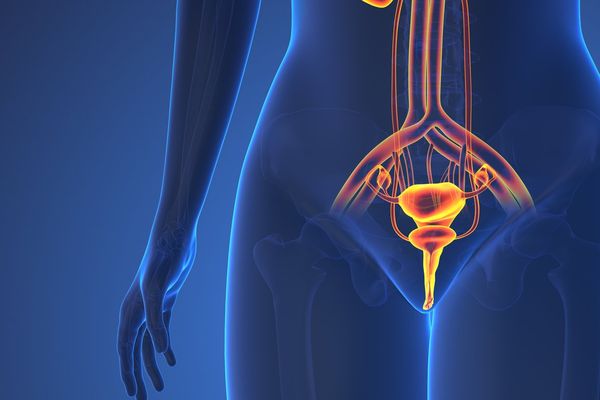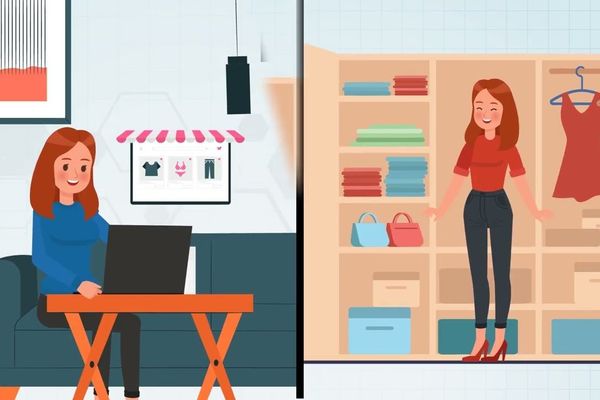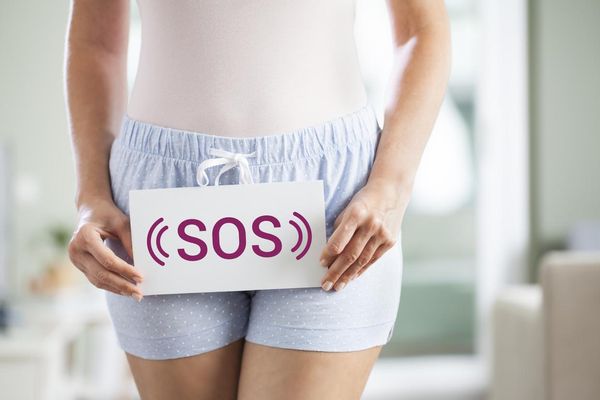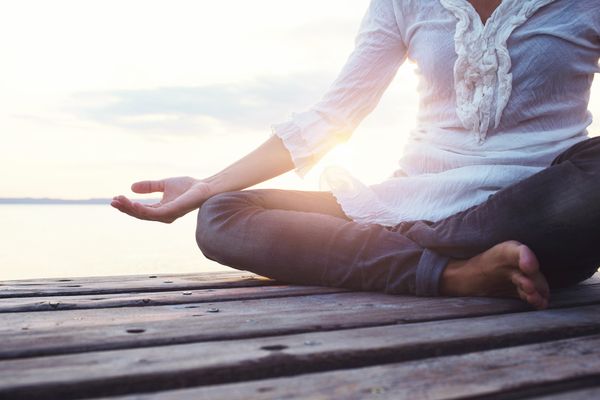This educational resource was sponsored by Poise, a brand of Kimberly-Clark.
As told to Jacquelyne Froeber
A few years ago, I was at home when I had the urge to pee. I made my way to the bathroom, but about halfway there, I started to go. I picked up the pace but some of the pee didn’t make it into the bowl. I was surprised — and thankful I was home! I chuckled and brushed it off. I must’ve waited longer than I thought to go. But I also felt uneasy.
I’m not exactly a stranger to bladder leakage. I was in a terrible car accident when I was a teenager and had multiple pelvic fractures and a ruptured bladder in addition to other injuries. I was in a coma for a while, but my body healed and I went back to the sports I enjoyed before the accident. During my first track meet after my recovery, I was rounding the quarter-mile and pushing myself to stay ahead of the pack when I felt a warm sensation begin to spread down my legs. It wasn’t long before my maroon shorts were soaked. Each stride solidified that I’d peed myself in front of the entire school. I was mortified.
That experience taught me an early lesson about my body and bladder leakage: pushing my body could end up in humiliation. I would never run again. I wouldn’t even look at a trampoline. But I learned that I could do less stressful physical activities, like biking and walking, and I’d be fine.
I put the peeing incident behind me and went about my life relatively leak-free. Years later, I gave birth to two boys, both C-sections, and never had a problem with my bladder. I continued my active lifestyle and laughed and sneezed with reckless abandon into my 40s.
And then things started to change. Like many women in perimenopause, my body is changing. I was hoping that one bathroom incident was no big thing. But it happened again the next month, and gradually, I started to leak before I made it to the bathroom more and more frequently.
My job made this an even bigger problem. I do in-home healthcare, so I’m always in the car driving from one place to the next. I’m not really supposed to use the bathroom at people’s homes, so I have to rely on finding a gas station or a fast-food restaurant where I can sneak in without buying something — which makes me feel bad, but if I had to buy something every time I had to pee, I’d be broke.
Since I don’t have the freedom to just use the bathroom if I have the urge, I have to hold it. But these days the urge means I have seconds, not minutes, before a leak.
This has led me to wearing bladder leakage pads most days because sometimes getting to a gas station — or any restroom — just isn’t possible. Also, I know I’m just one sneeze away from a leak, so pads help me feel less stressed about work and whenever I leave the house.
Back in the day, after the track meet incident, I went to see a urologist to assess my bladder leakage, which is technically called urinary incontinence, and to find out if there was anything I could do to help the situation.
He told me to train my bladder by pushing out the pee — hard — and stopping the flow midstream. All these years later, I’ve been pushing and pushing thinking I was strengthening my pelvic floor muscles, but it turns out the jury’s out on whether that’s the best thing to do.
My current OB-GYN encouraged me, instead, to relax and let the pee dribble and flow naturally without aggressive pushing. This is tough because it’s the opposite of what I’ve been doing since I was a kid. But I’m trying.
My OB-GYN also told me that people who have abdominal surgery are more likely to have bladder leakage. Since I had abdominal surgery after the car accident and two C-sections, that’s a triple whammy for me. And age probably has something to do with it, too.
Since my urinary incontinence has gotten worse lately, I started pelvic floor therapy a few weeks ago. There, I work on strengthening and engaging my muscles with a pelvic floor therapist.
To help manage symptoms, I make sure I don’t drink an excessive amount. But a girl’s gotta have some fun. I still have my coffee in the morning, even though it’s an irritant to the bladder. (Tip: Drinking a glass of water with it can make it less irritating.)
Pretty much everything about bladder leakage is, in fact, irritating.
I’m a single mom, so I’m tired a lot of the time and I don’t always want to be thinking about what I’ve been taught about bladder health. I don’t always want to wait two hours to get full bladder expansion. And I don’t want to have to relax my pelvic muscles when I’m in a restroom at a gas station. Sometimes, I just want to push, go and get the hell out of there.
And sometimes I do that. But most days I do try to honor my bladder. I hope the pelvic floor therapy helps. Until then, I won’t feel comfortable unless I wear a pad — because life happens.
With the help of pelvic floor therapy and pads, I’m hoping that, soon, I’ll be back to running for fun instead of just running for the bathroom.
*Mary Kathryn is not her real name.
Resources
National Association for Continence
This educational resource was sponsored by Poise, a brand of Kimberly-Clark.
Have a Real Women, Real Stories of your own you want to share? Let us know.
Our Real Women, Real Stories are the authentic experiences of real-life women. The views, opinions and experiences shared in these stories are not endorsed by HealthyWomen and do not necessarily reflect the official policy or position of HealthyWomen.






